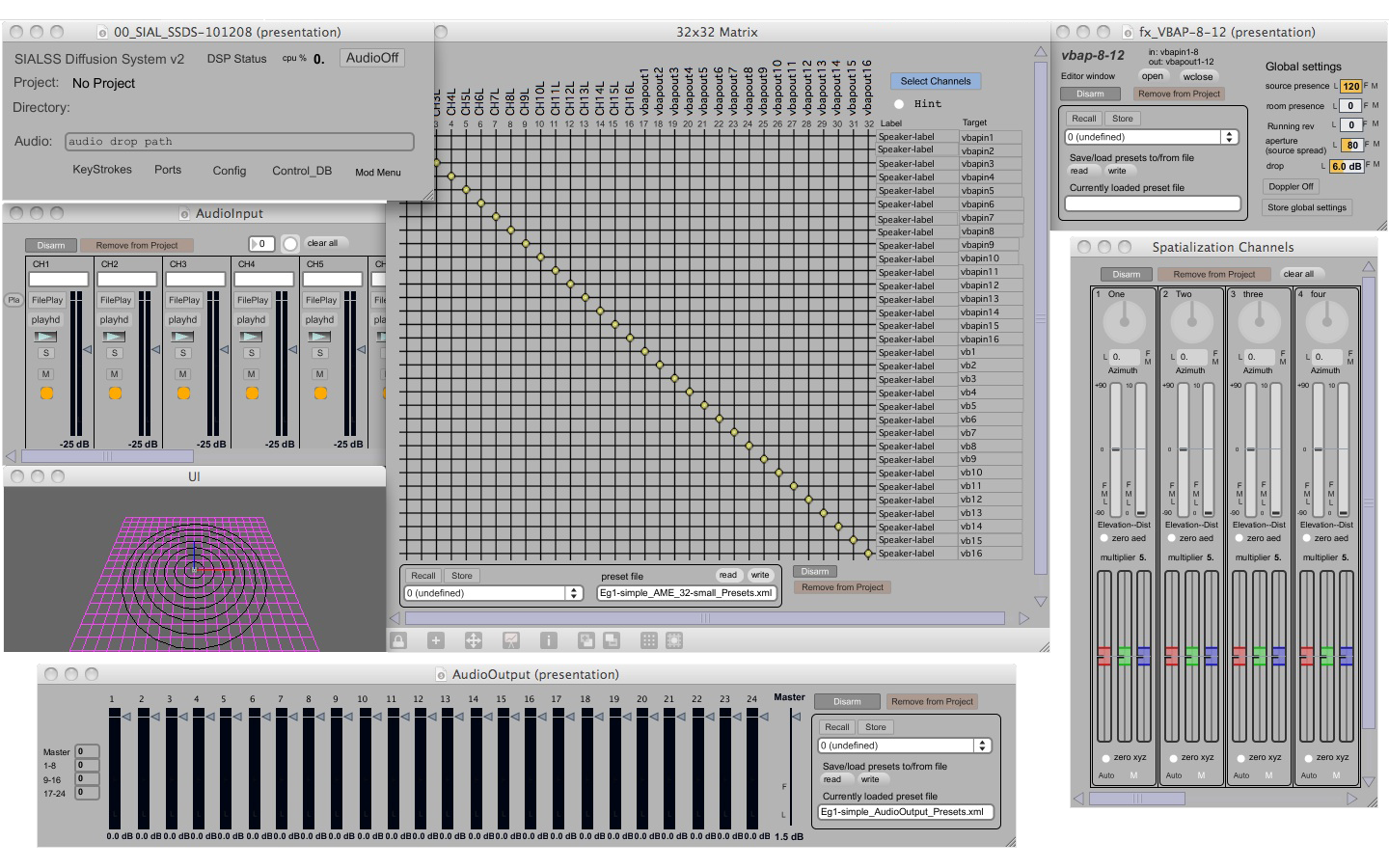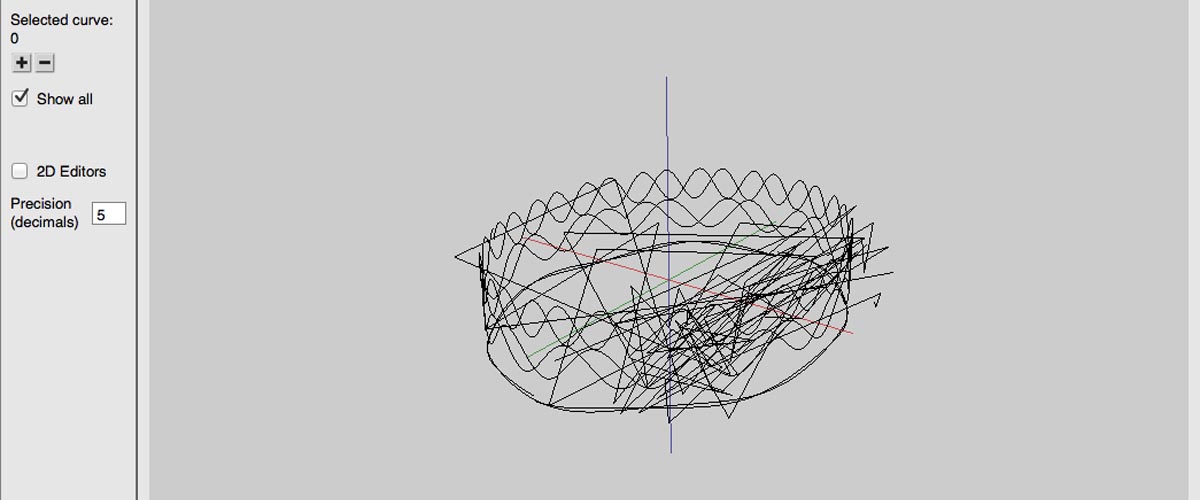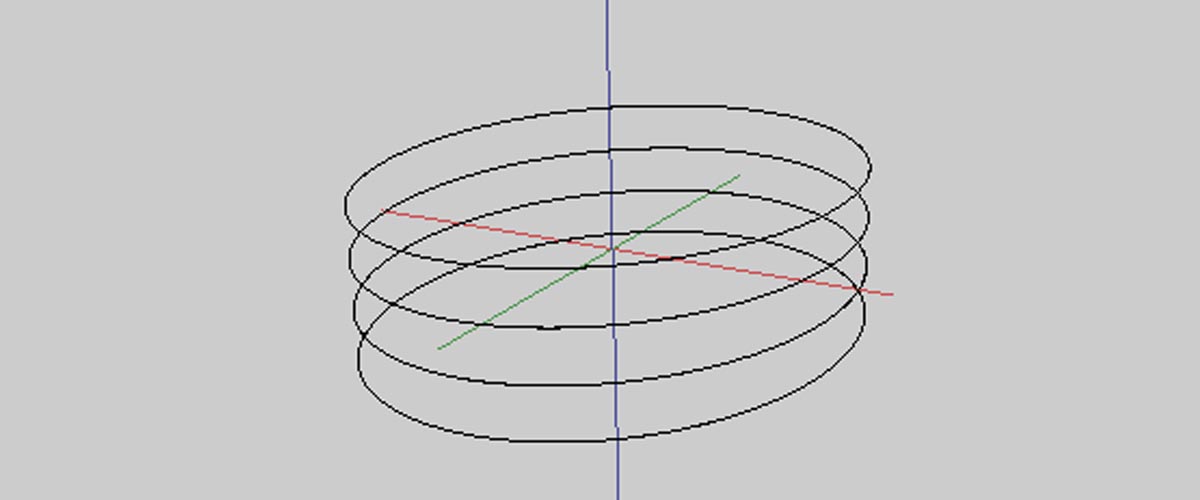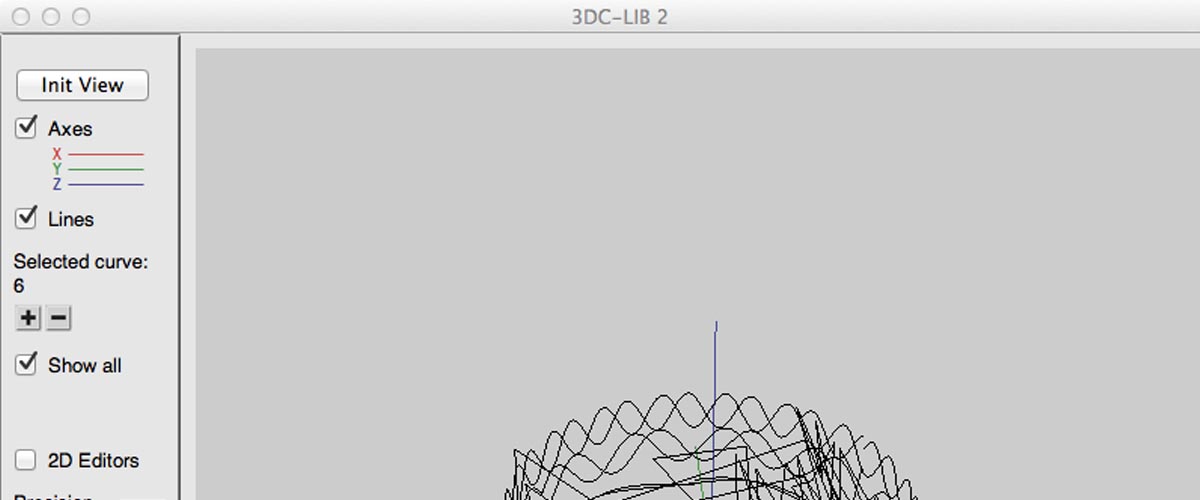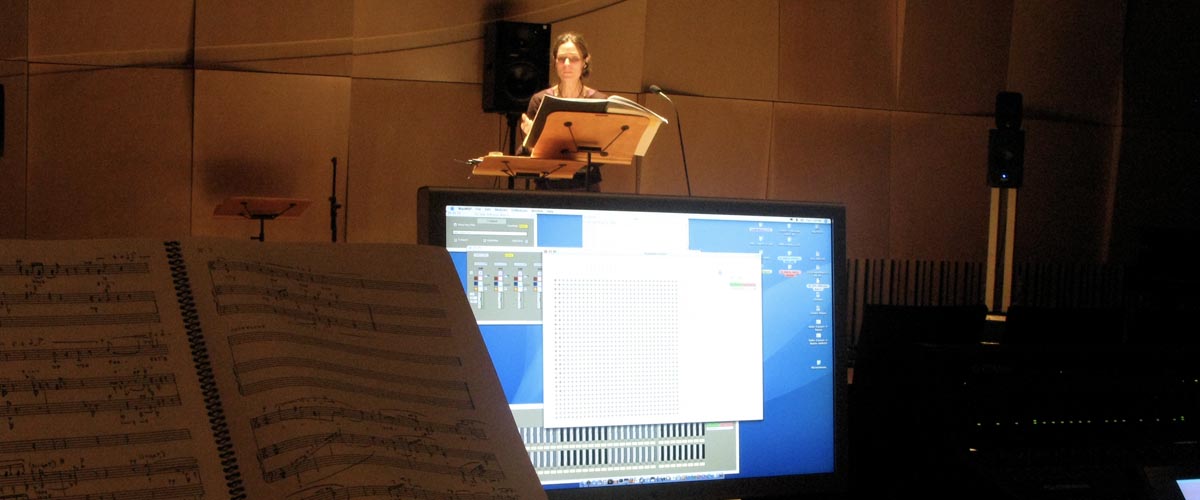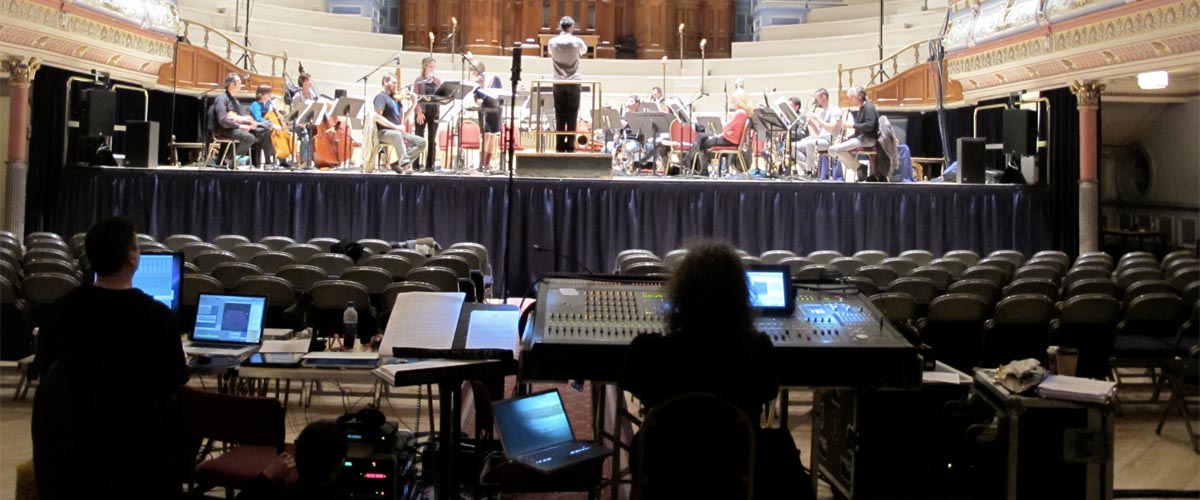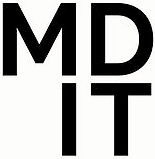This research project involved the curation, production and presentation of spatial music events using large-scale sound diffusion systems.
A single concert or event may include up to 6 different compositions presented over 32 loudspeakers. A single work performance does not require state changes between works, meaning a system can be designed and installed for a singular artistic vision of one composer.
Concerts of multi-composer works or even multi-work concerts of a single composer demand flexibility between works. Different pieces will call for different input-output mappings and may require different spatialisation engines. In a different venue, this same concert program may require a different speaker configuration or require scaling to smaller versions for rehearsals and workshops.
The intent was to create a single environment with integrated components to curate, plan, manage and research spatial electro acoustic performance.
Our diffusion software provided:
-
Audio matrix mapping: few-to-many channel mapping or classic diffusion
-
A method for naming and patching: spatial sound systems can be notoriously difficult due to changes in numbering systems and layers of channel assignments
-
Scalable input and output configurations from stereo to a 32-channel speaker orchestra
-
Methods for incremental system definition and repeatability
2006 – 2013
